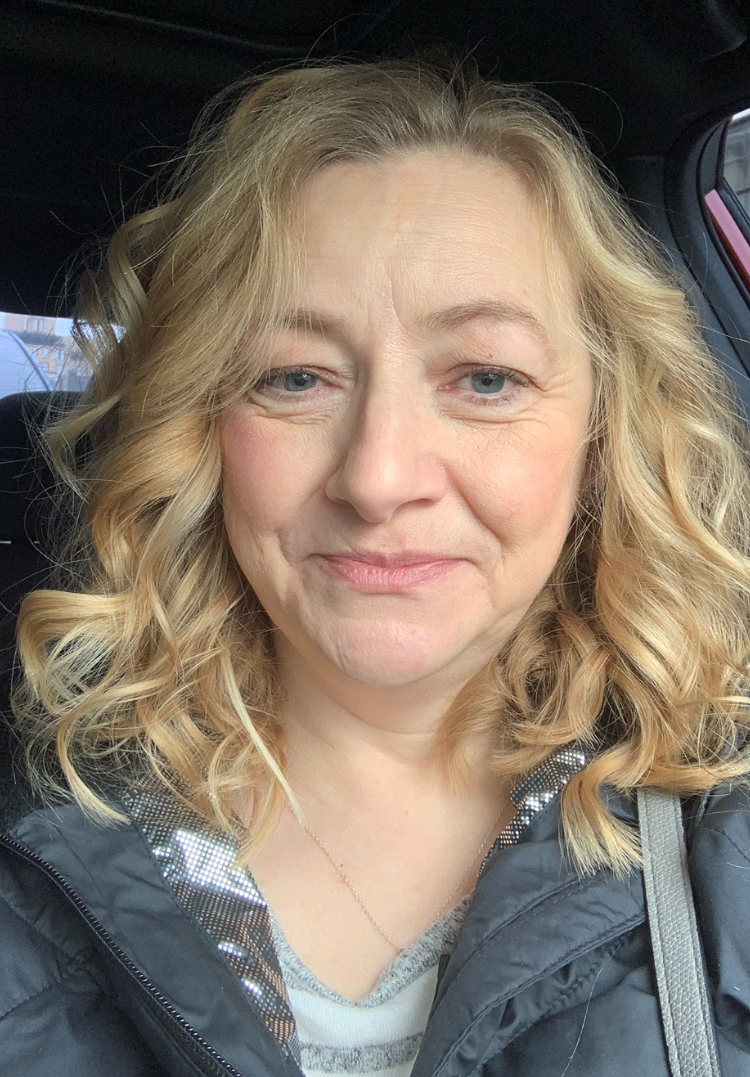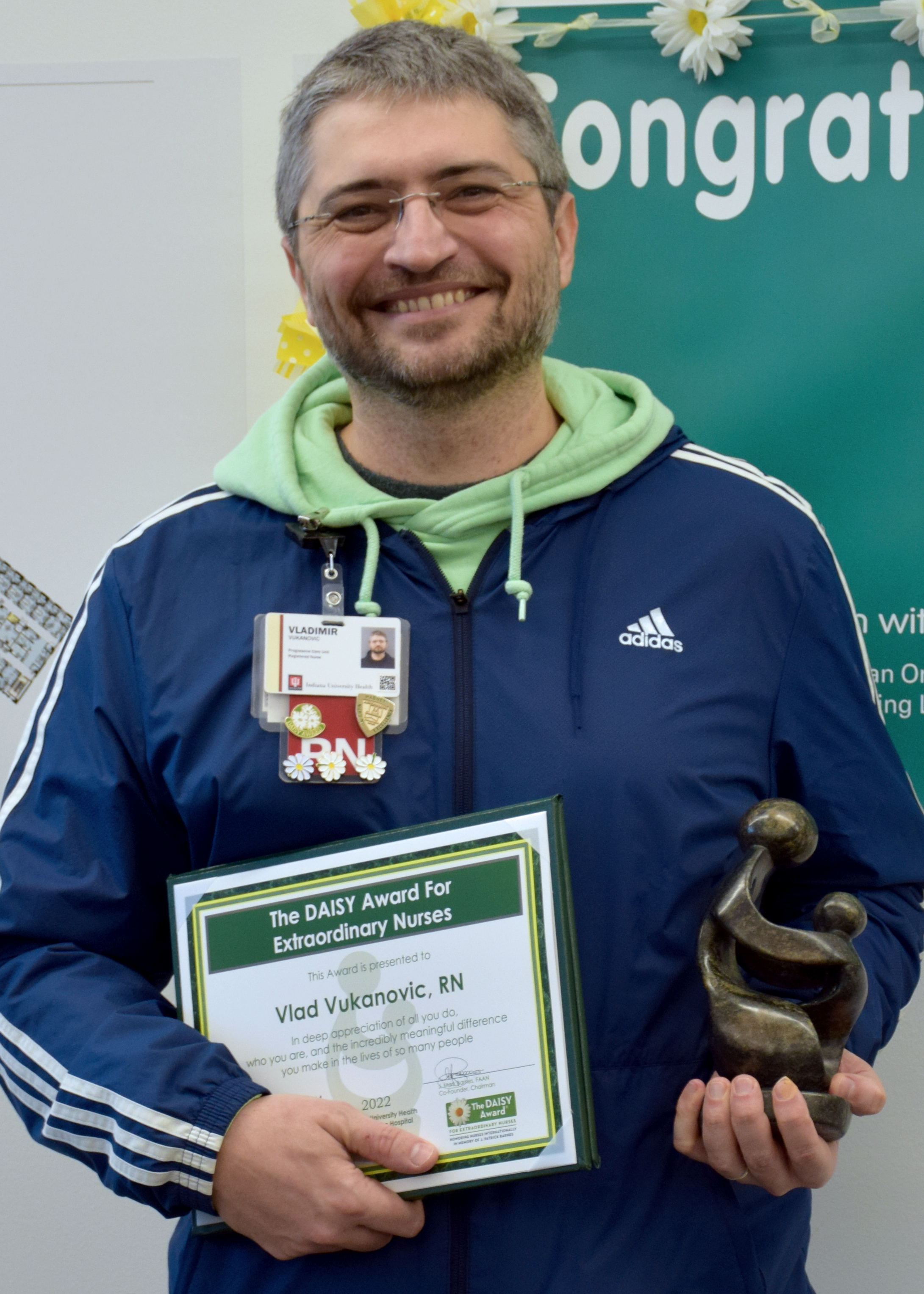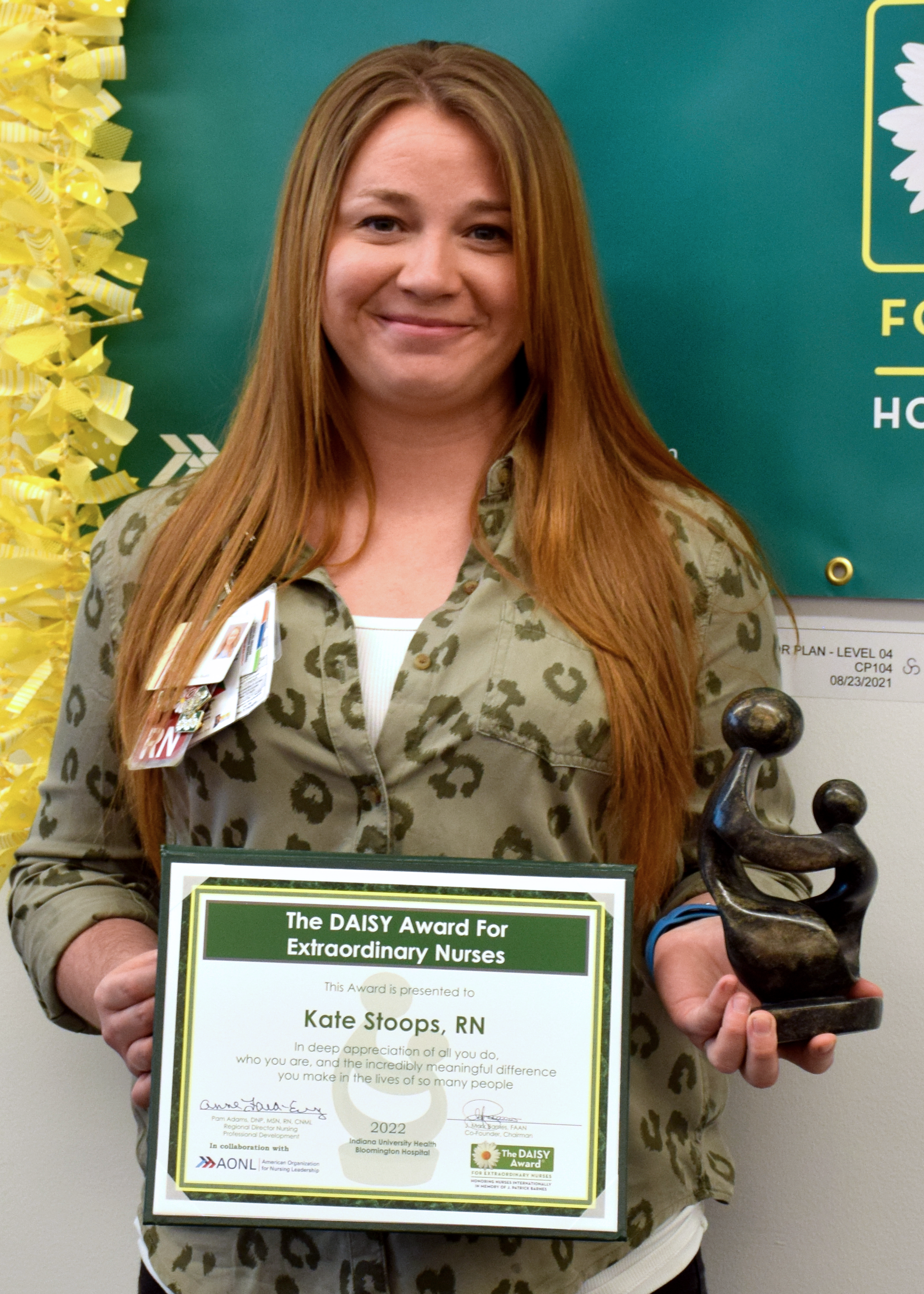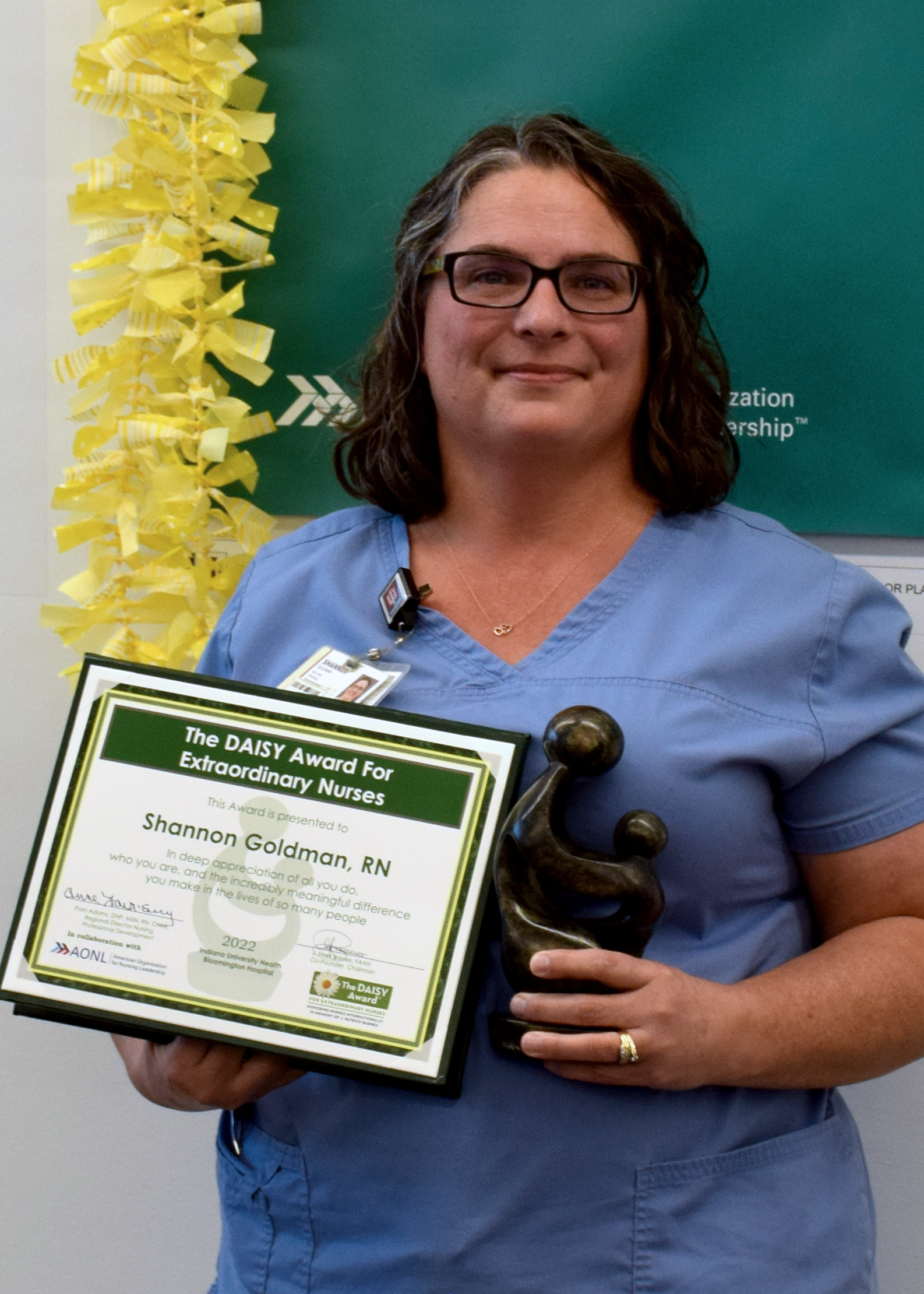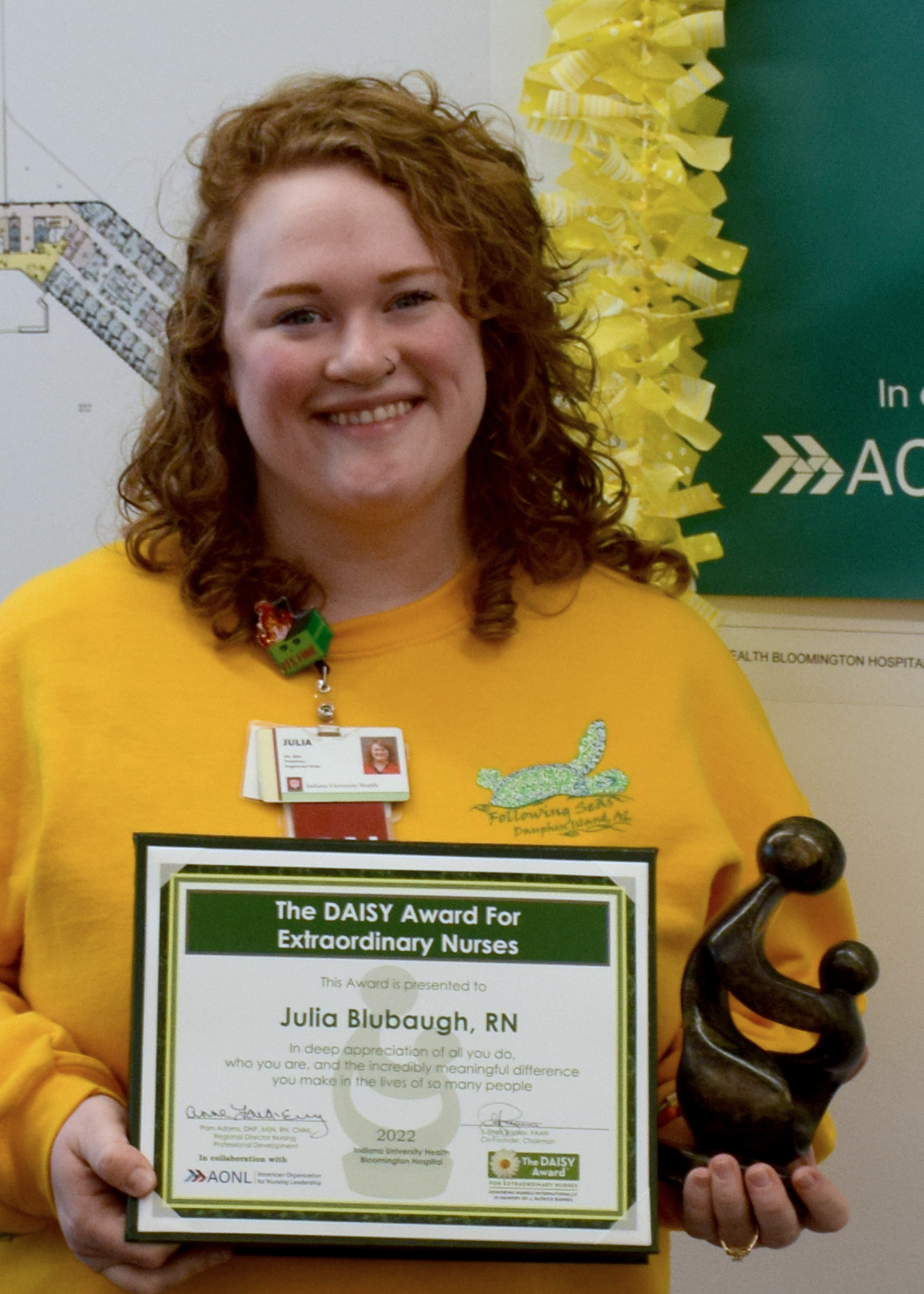<p>Because of a her kidney donor, Karen Murphy is living a full life. She enjoys spending time with her eight grandchildren and three great grandchildren. She’s able to care for a loved one, take daily walks, and relax in her retirement years.</p>
<p>On June 1, 2018, Murphy received the gift life from a co-worker, Beth Williams. </p>
<p>At the time, Williams was a school psychologist, and Murphy was an instructional assistant for students with special needs. They both worked for the Metropolitan School District of Lawrence Township. </p>
<p>Murphy is the mother to four daughters and will celebrate her 38th wedding anniversary to her husband, Ralph, in March. Williams has been married to her husband, Chris for 36 years. They have a son and a daughter, and one grandchild. </p>
<p>They initially didn’t know each other, but the women shared a kindred spirit. Both loved children and both had experiences with kidney disease. </p>
<p>Williams’ father suffered from kidney disease and she remembers accompanying him to dialysis. He died in January of 2016. </p>
<p>In her same circle, was a fellow educator Murphy, who was diagnosed at the age of 18 with Polycystic Kidney Disease (PKD). The genetic disease causes cysts on the kidneys and eventually kidney failure. Murphy was one of several family members who suffered from the disease. When she eventually needed a transplant, Murphy started a Facebook page, “Help Find a Kidney for Karen Murphy.” She invited others to share the page. </p>
<p>The posts caught Williams’ attention and jarred memories of her dad’s fight with kidney disease.</p>
<p>“I couldn’t t put it out of my mind. It was like constantly being tapped on the shoulder,” said Williams, 66. She talked if over with her husband and two children and once she made the decision to be tested, she didn’t look back. </p>
<p>Living kidney donors undergo an initial screening, multiple tests and evaluations to determine if they are a viable match. They work with a team of IU Health caregivers including a surgeon, transplant nephrologist, anesthesiologist, psychiatrist or psychologist, living donor transplant coordinator, and advocate, a social worker, dietitian, and pharmacist. </p>
<p>As they approach the five-year mark, the women look back over the years gone by. They named the kidney “Mr. Lefty.” They share how “Mr. Lefty” has done his part in keeping Murphy healthy. Both women have retired. Williams and her husband moved to Martinsville and she enjoys traveling . Murphy, also 66, presented Williams with a gift of a donor recipient “tree” to remember their special connection. </p>
<p>Both women have witnessed milestones in their children’s lives – marriage, medical issues, and new family additions. </p>
<p>Murphy has also had a front row seat watching how her health and well-being directly impacted her family.</p>
<p>“My oldest daughter saw me throughout the progression of the disease and was shocked in the improvement of my health in such a short time,” said Murphy. When Murphy’s sister needed a transplant, it was her daughter who stepped up to be a living donor. </p>
<p>“Knowing my daughter donated her kidney to my youngest sister shows that we all play a part in a big disease,” said Murphy. “It’s like a circle that has connected more than just two people.” </p>



